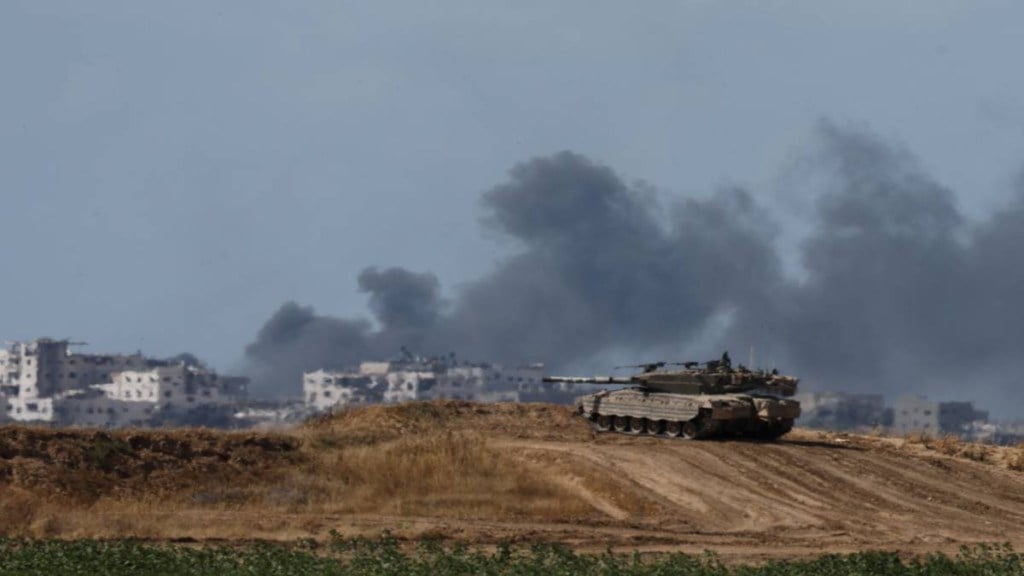Recent terror attacks on Indian military convoys have highlighted the urgent need for enhanced protection. Incidents in regions like Jammu and Kashmir have underscored the vulnerability of convoys to IEDs and ambushes, prompting India to bolster its armoured vehicle fleet. Here’s how India’s response compares to China’s strategy in protecting their military convoys.
India’s Armoured Vehicles
India has significantly enhanced the security of its military convoys. The primary armoured vehicle used is the Tata Kestrel, developed by Tata Motors and the Defence Research and Development Organisation (DRDO). The Kestrel is an 8×8 wheeled armoured amphibious vehicle designed for multi-terrain mobility. It features advanced armour protection, modern weaponry, and surveillance systems. The vehicle’s V-shaped hull withstands IED blasts, providing enhanced protection against roadside bombs and small arms fire.
Additionally, India employs the Mine Protected Vehicle (MPV), specifically designed to protect against landmines and improvised explosive devices (IEDs). These vehicles are crucial in regions prone to insurgent activities, such as Jammu and Kashmir and the northeastern states.
China’s Armoured Vehicles
China has developed a range of armoured vehicles with a strong focus on technology and versatility. The Norinco VP11 is one of China’s leading armoured vehicles for convoy protection. It features a modular armour system adjustable based on mission requirements and offers excellent protection against IEDs and small arms fire. Additionally, China uses the VN4, a multi-role armoured vehicle known for its agility and adaptability in various combat scenarios.
China’s armoured vehicles are equipped with advanced communication systems and integrated battle management systems, providing real-time situational awareness and coordination capabilities.
Comparative Analysis
While both India and China prioritize the protection of their military convoys, their approaches reflect different strategic priorities. India’s focus is on improving mobility and protection in challenging terrains, leveraging indigenous development with collaborative innovation. China’s approach stresses advanced technology integration and versatility, aiming to maintain superiority in various combat environments.

